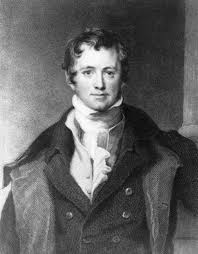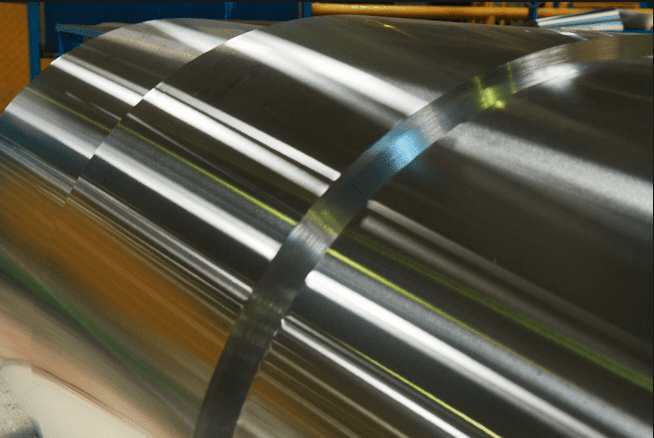A Brief of History of Aluminium
Aluminium is a fantastic metal isn’t it? It is light weight, resistant to corrosion and largely non-toxic. Therefore, aluminium widely used in aeronautics, medicine and as containers for fizzy drinks. That said, aluminium is a relatively recent metal to come onto the metallurgy scene – but what is the history?
Aluminium has always been a fairly abundant element in the natural environment. Besides, unlike iron or sulfur, there is no living organisms in aluminium.
The “Founder”
The first known uses for aluminium salts in the history were by the Romans and Ancient Greeks. In the history, they uses aluminium for dyes, as well as astringents for dressing wounds. In 1808, Sir Humphry Davy first identified aluminium, but at that time, he is unable to settle on a name for it. Therefore, until today, Americans and Englishmen are using different name for it, which is aluminium or aluminum.
The metal was later produced, in a very impure form, by the Danish chemist and physicist Hans Christian Ørsted, with the end result being a metal that reportedly resembled tin. Further experiments and refinements eventually led to purer samples of aluminium being produced by the mid-1850’s.

Sir Humphry Davy
Aluminium Usage
Aluminium was actually considered to be more valuable than gold because in the history, the metal was expensive and difficult to produce. To demonstrate this, Napoleon III was held a banquet in which the most honored guests were given cutlery and vessels made of aluminium instead of gold.
Aluminium also used to make capstone for the Washington Monument in 1884, Victorian. At that time, an ounce of aluminium cost as much as the daily wages of one of the construction workers. The first aluminium status in the history is The statue of Anteros within Piccadilly Circus.
High expenses issue solved when two metal industrialists, Charles Martin Hall and Paul Héroult, developed the Hall-Héroult process. The process dramatically reduced the cost of mass-producing aluminium. It remains the principle means of extracting and refining aluminium.
Aluminium used to formed the dome of the Chief Secretary’s building in the new Australian capital by 1895. Aluminium also used for the super-structure of ships, and later aircraft, where its low density made it ideal. In history, aluminium also used for wiring until today.
By Ruth Atwod
For more information on aluminium coil, fin stock, treadplate, roofing and cladding, please visit ALCOM.


